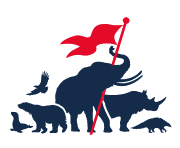The cost of cute: How “rescued” wild animals suffer for social media fame
We see it time and again on social media: A well-meaning person – or a fame-hungry influencer – spots a wild animal in distress. Often the animal is an infant, ostensibly abandoned by its mother in the wilderness, or left alone to suffer freezing snow, scorching heat or some other seemingly hostile condition.
The person scoops it up, takes it home, and turns their (inexperienced) hand to rehabilitating it – while ensuring that every moment is captured on camera and posted on social media.
Well-meaning? Perhaps. Unintentionally cruel? Without a doubt. Here’s why.
Why “rescuing” a wild animal can do more harm than good
Setting aside the alarming proliferation of fake and staged animal “rescue” videos online, there is a growing trend towards rescuing, rehabilitating and keeping wild animals as pets, rather than turning the creatures over to the right authorities or sanctuaries for expert care.
On the surface, posts about wild animals being rescued and kept as pets may seem heartwarming and harmless. But they promote a dangerous and misleading narrative that can have far-reaching consequences for both the animals and the people involved.
Wild animals are inherently different to domesticated pets like dogs and cats: They have unique dietary, behavioural and environmental needs that cannot be met in a domestic environment.
No matter how much research an individual does or how carefully they construct an artificial habitat, they simply cannot replicate the complexities of a wild animal’s natural environment in their own home.
The reality is that the so-called “rescued” animals often suffer from malnutrition, stress, depression and growth defects that contribute to a decreased quality of life – and in some cases, premature death.
Even animals rescued and raised from infancy cannot adapt entirely to a domestic lifestyle – part of them will always be wild, longing to return to their natural state.
In the ‘best’ case scenario, animals removed from the wild and kept as pets will have hindered growth and could become depressed due to their understimulated environment. In the worst cases, the “rescue” of these animals is the beginning of their end.
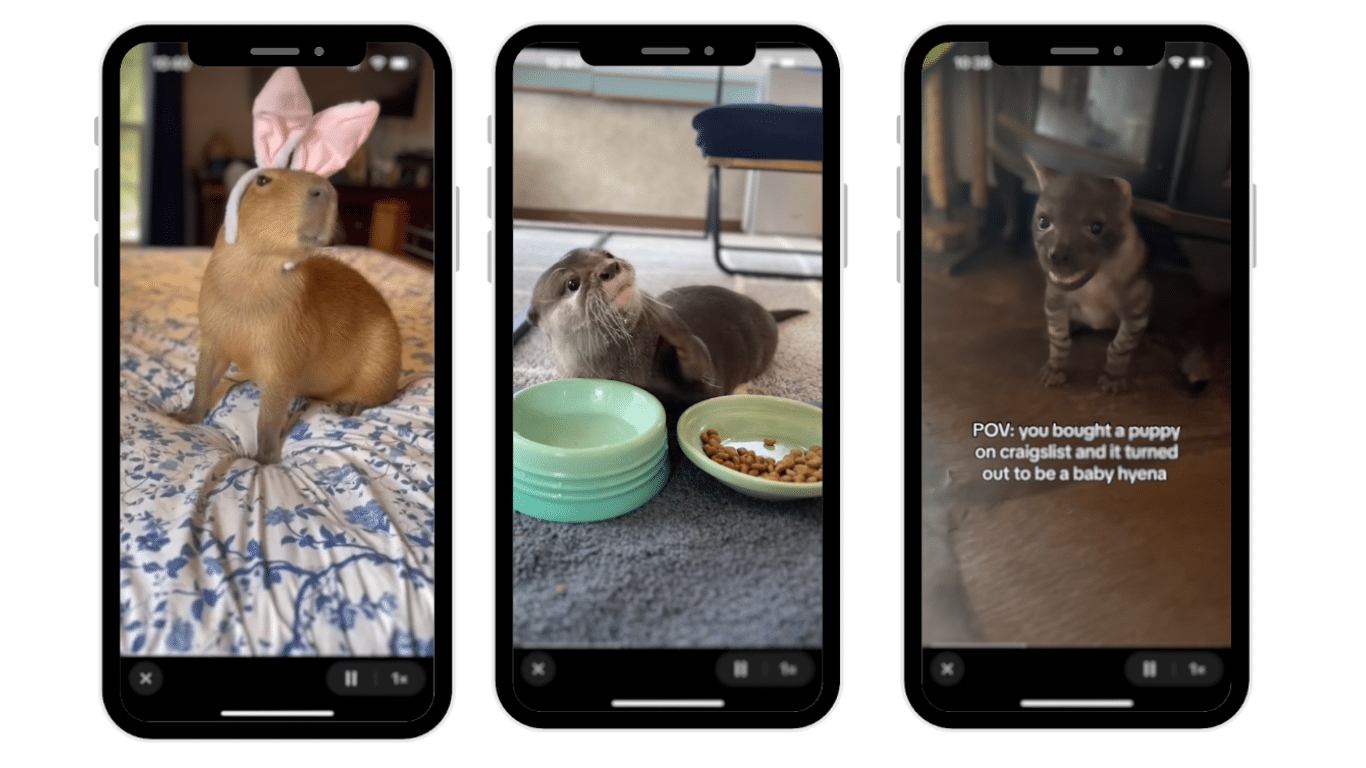
Keeping a wild animal as a pet poses a serious risk to both the animal and its keeper.
Aside from the considerable welfare risks to the animal, the ‘rescuer’ could be harmed as well.
No matter how cute and cuddly a wild animal may look, handling wildlife is dangerous. Several cases have been recorded in which wild animals raised as pets become aggressive as they grow older, attacking their owners or others.
“There is also the real risk that handling a wild animal, never mind the risk of being bitten or scratched by sharp teeth, beaks or claws, is going to habituate that animal to the presence of people, or worse, seeing humans as a source of food.”
– SPCA, South Africa
Physical injuries are not the only threat to owners of wild animals. Creatures taken directly from the wild may carry harmful diseases, pests and parasites that could be transferred to humans or other pets, like rabies and tuberculosis.
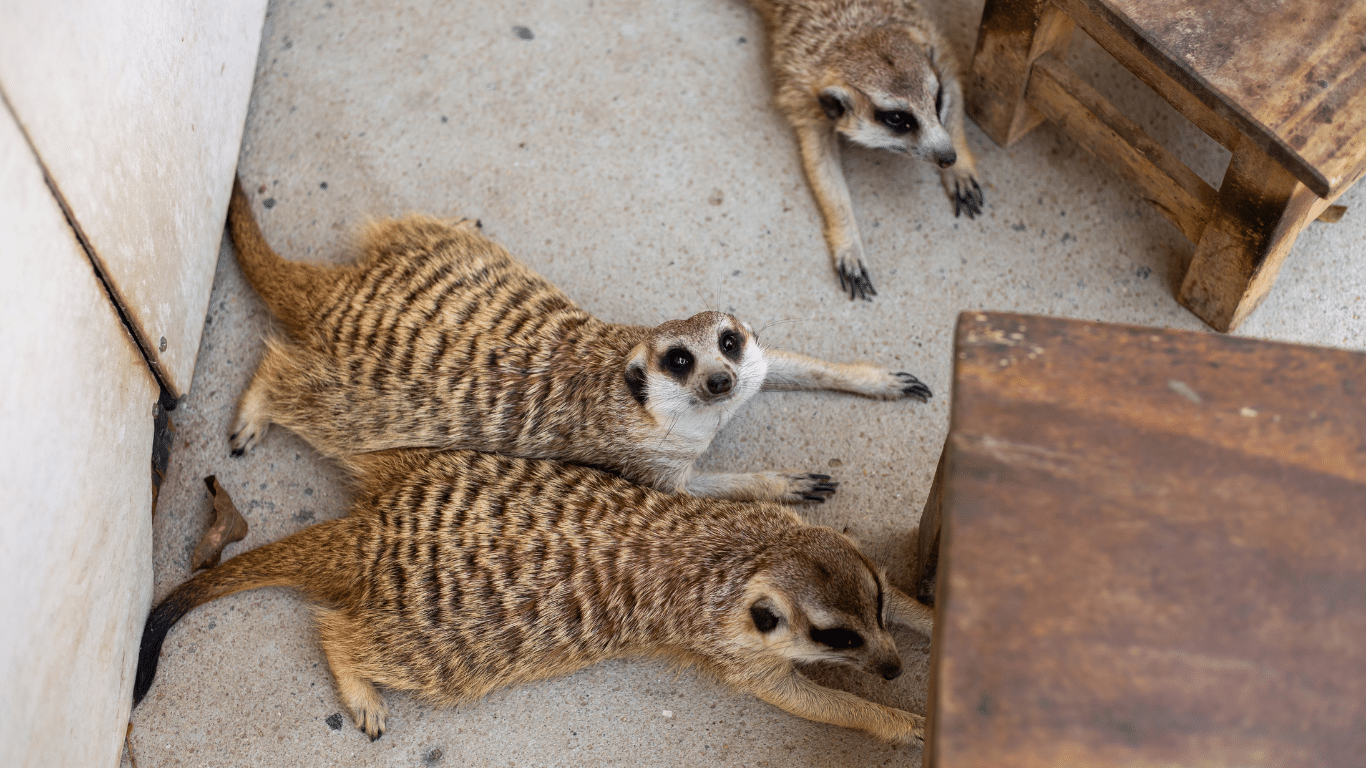
No matter which way you look at it, keeping wild animals in your home is both unsafe and unethical.
Once a wild animal has been raised by people, its chances of being able to survive in the wild are significantly reduced. These animals become dependent on people and lose their natural instincts to search for food and evade predators.
Even if they are “successfully” released, many become so-called “problem animals” as they associate humans with food and cause safety concerns. In many cases, authorities are left with no choice but to euthanize them to prevent further harm to both the animal and the people around them.
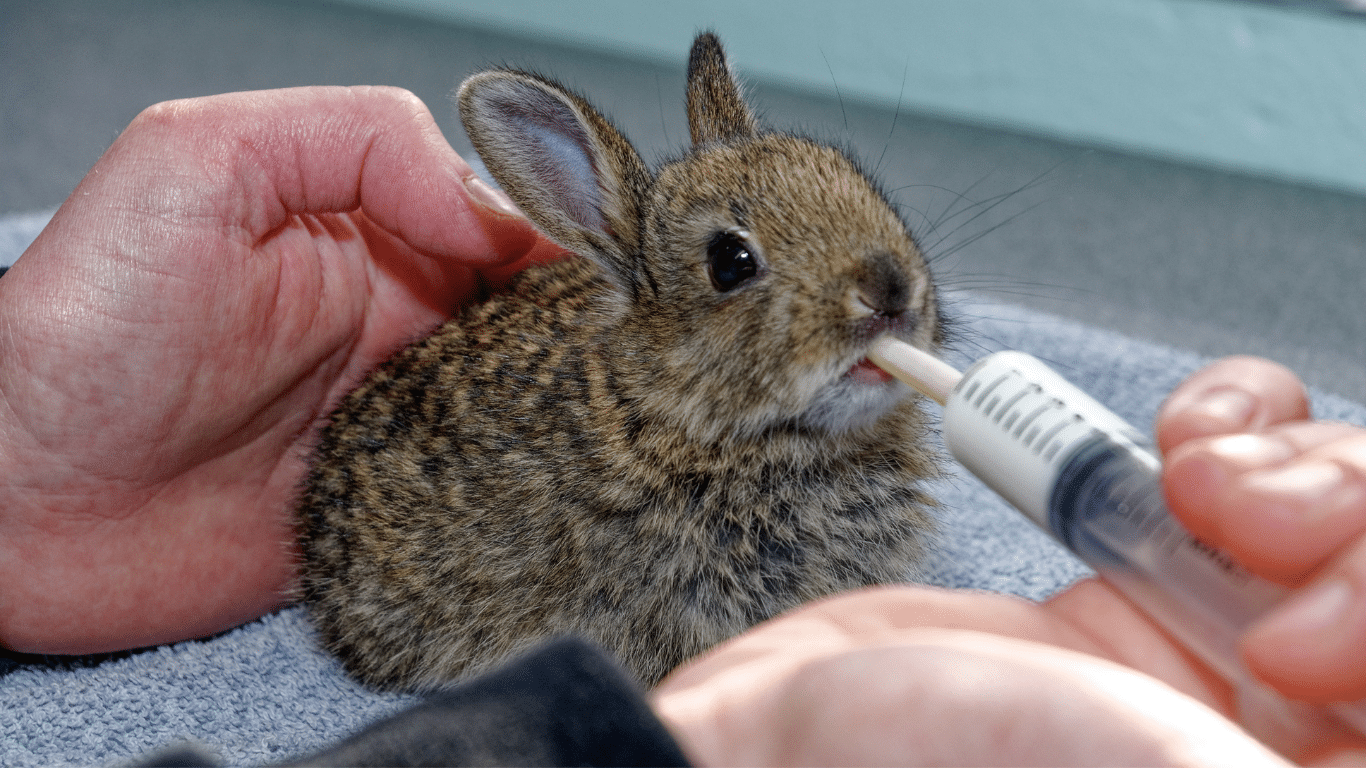
Social media: Exploitation for likes
As bad as this is, there is an even darker side to animal “rescue.”
Increasingly, social media influencers are turning to animals to increase their follower counts and likes. Popular platforms are filled with posts and videos of “pet” animals such as racoons, squirrels, capybaras, monkeys and even big cats like lions and tigers. These animals, many of which are endangered, are often dressed in ridiculous outfits, coerced to do tricks, and forced into a parody of “domestication,” all so their owner can build their fame on social media.
A report by the Social Media Animal Cruelty Coalition (SMACC) recorded 840 instances of videos depicting wild animal species being kept as pets in people’s homes across all major platforms, including Facebook, YouTube, TikTok, X (Twitter) and Instagram.
Even if the person trying to save a wild animal has good intentions, keeping the animal, rather than turning them over to experts, is fundamentally wrong and has become far too normalized through social media.
Not only is this incredibly harmful for the animals in question, these posts have contributed to widespread misinformation regarding the welfare of wild animals and their suitability as pets. As followers ooh and aah over “domesticated” wild animals on social media, some may be inspired to get an exotic “pet” of their own.
“Social media is normalising and increasing the demand for wild animal pets, but animals are not props or entertainers, they are sentient beings being subjected to cruelty and abuse online for human use and profit. These are wild animals, they have no place in people’s homes, they have a right to a wild life.”
– Wildlife at World Animal Protection
With more and more people looking for exotic animals to force into captivity – all inspired by irresponsible influencers on social media – a grim criminal underbelly is rising up to meet this demand. As a result, the poaching, breeding and trading of wildlife is becoming big business, leading to unimaginable suffering and even pushing endangered species to the brink of extinction.
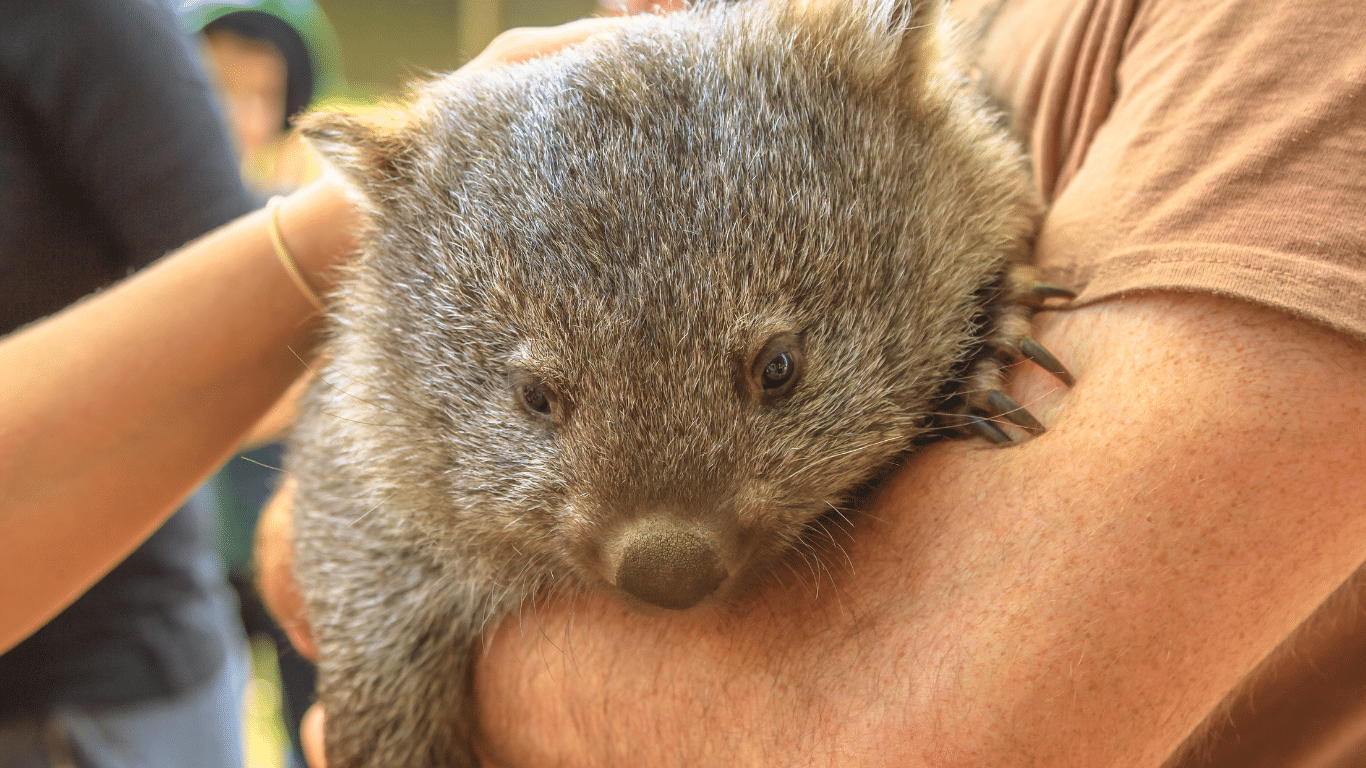
How your “likes” are fuelling the illegal wildlife trade
The illegal wildlife trade is the second largest threat to global biodiversity, after habitat destruction.
Endangered species are captured, removed from their homes, trafficked or bred – not just for use as pets, but also for their body parts, to be used for meat, trophies, jewelry, “traditional medicine” or decor. This horrific industry is thought to be the fourth-largest illegal trade industry globally, valued as high as $23 billion (£18.25 billion).
Posting or simply interacting with posts of exotic or wild animals kept as pets fuels this cruel and insatiable industry, causing harm to thousands of animal species worldwide.
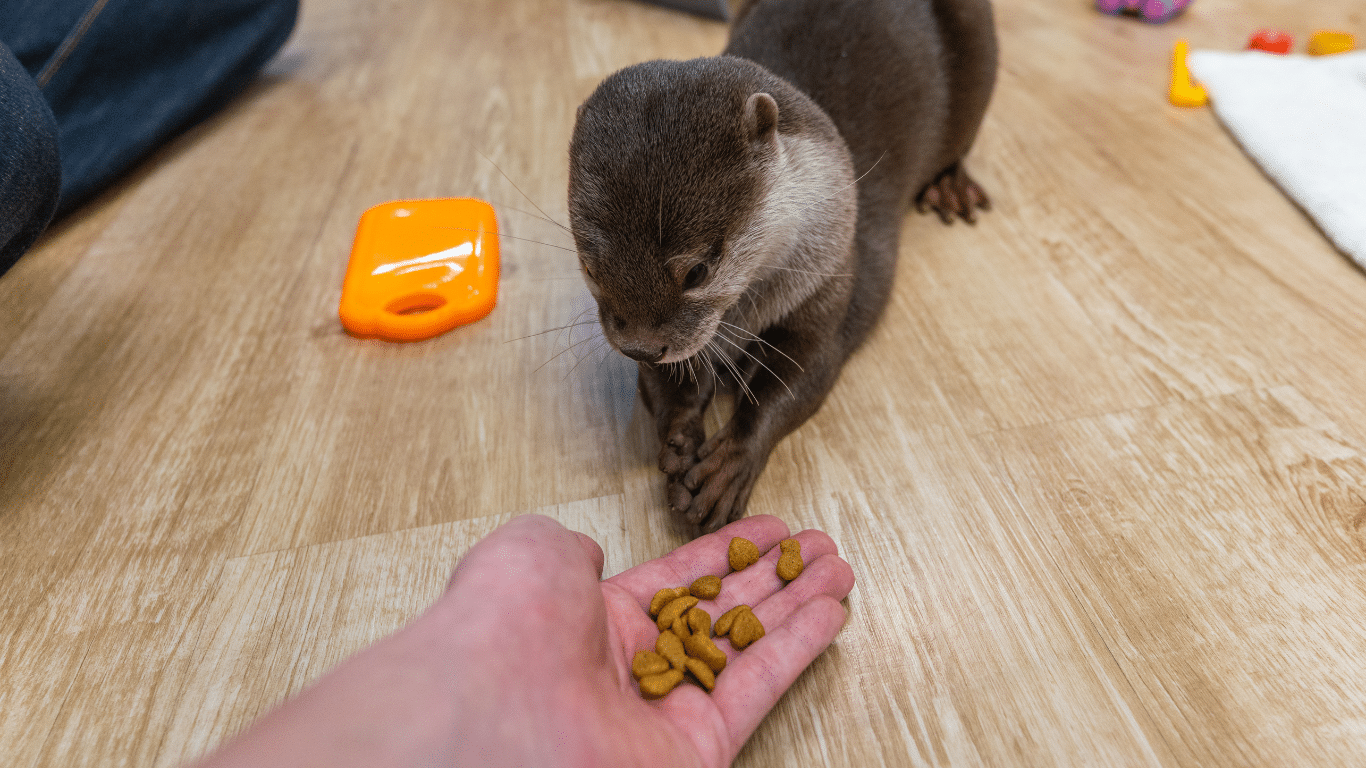
What can you do to put an end to this cycle
- Be aware that the use of any animal for entertainment is cruelty. This applies to both wild and domestic animals.
- Report any content that promotes keeping wild animals as pets.
- Refrain from positively engaging with such content – do not “like,” follow or comment on these posts and pages.
- If you come across a wild animal in distress, instead of attempting to “rescue” it yourself, contact your closest wildlife rehabilitation centre, making sure they are accredited, licensed and reliable. If possible, remain at the scene until the animal is safely collected to ensure it does not fall into the wrong hands.
- Support legitimate conservation and rehabilitation initiatives.
True wildlife rescue should always prioritise rehabilitation and release, and not personal gain or social media fame.
In a world of misinformation and unreliable media, we must ensure we educate ourselves, not only for our own safety, but for the well-being of thousands of animals depending on us to protect them.
